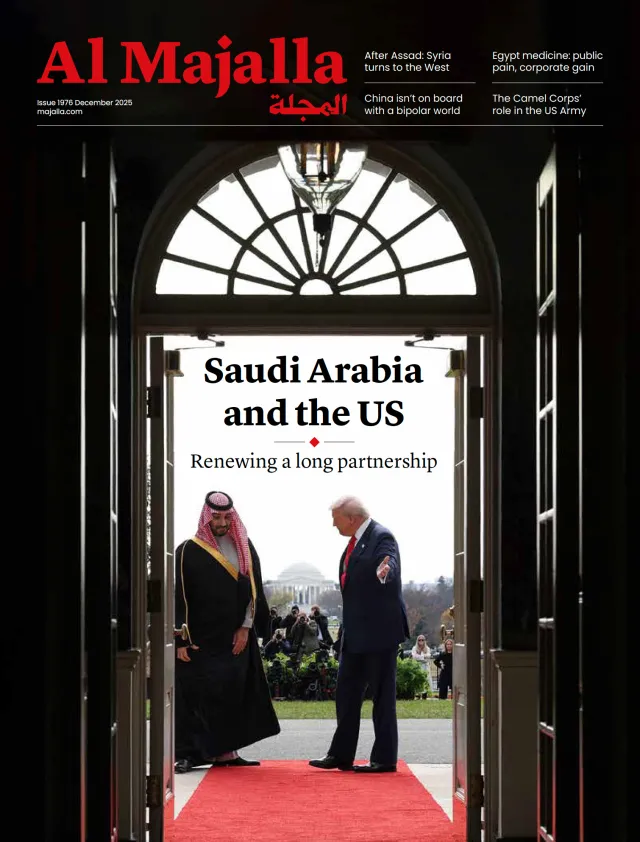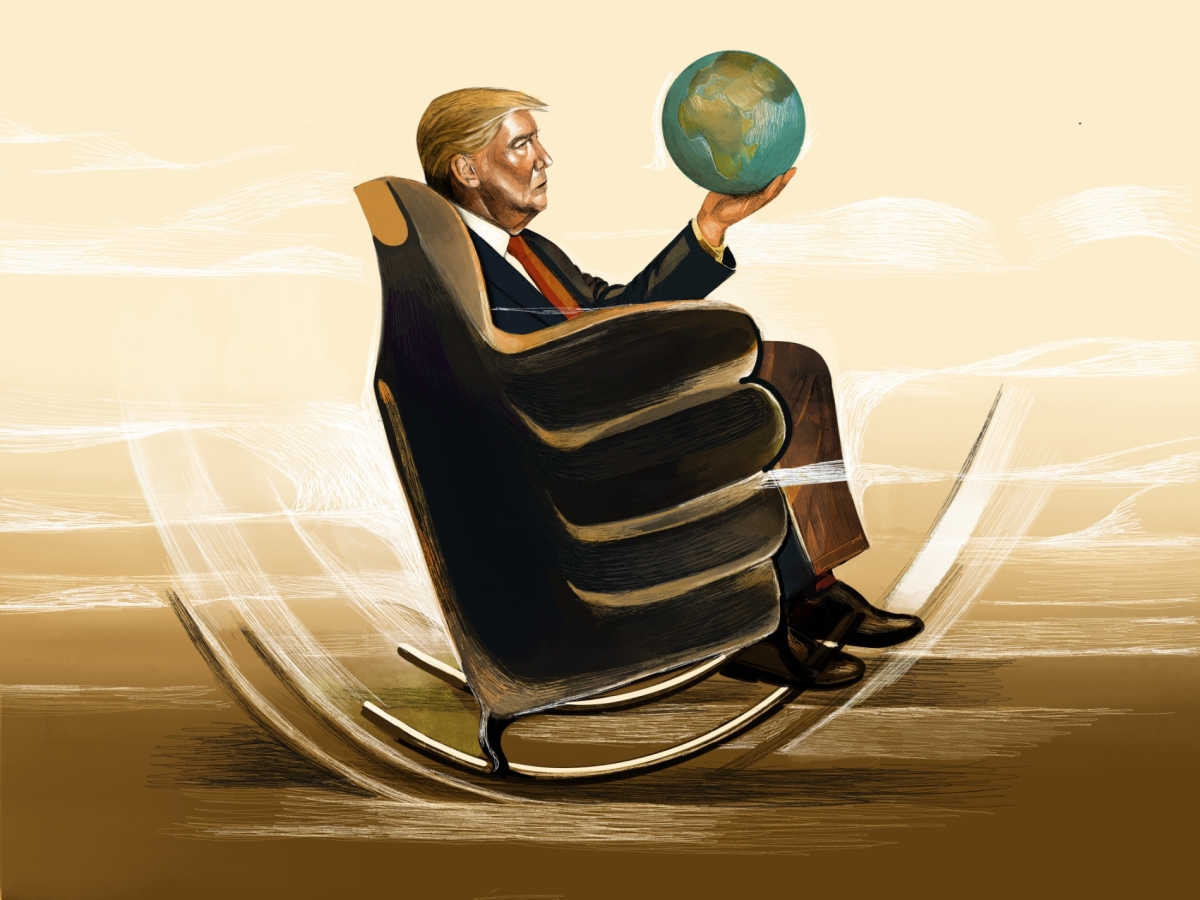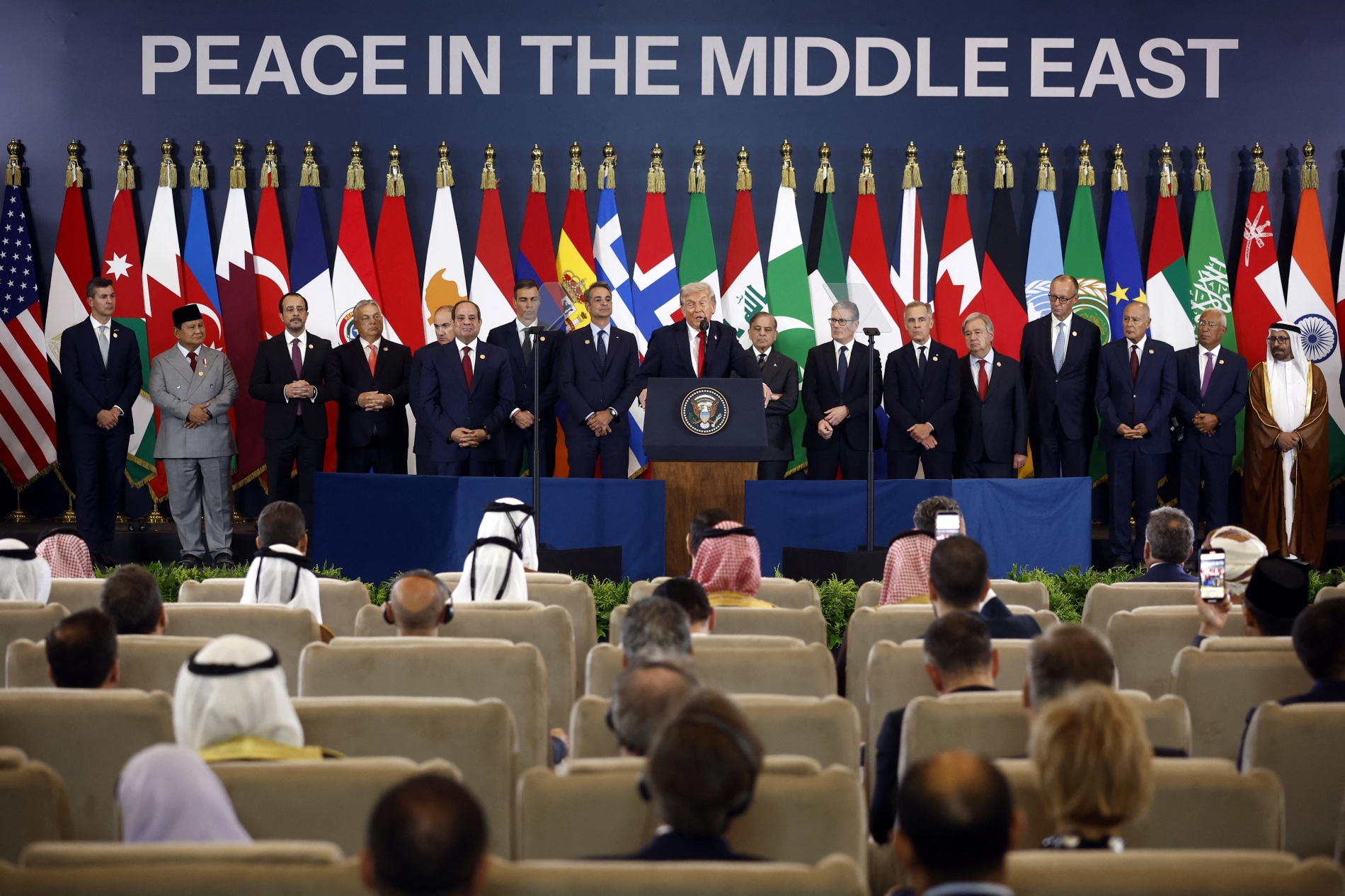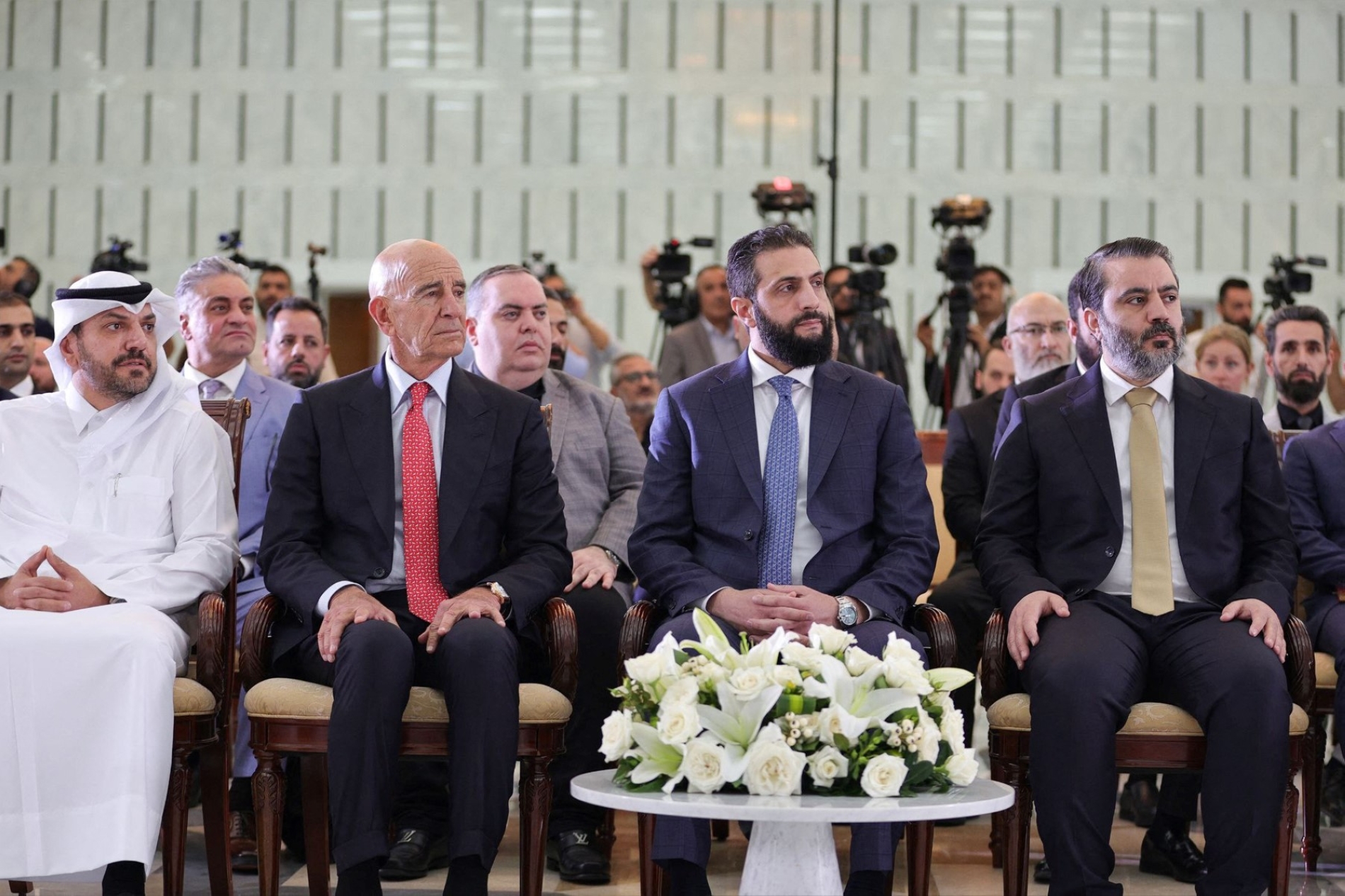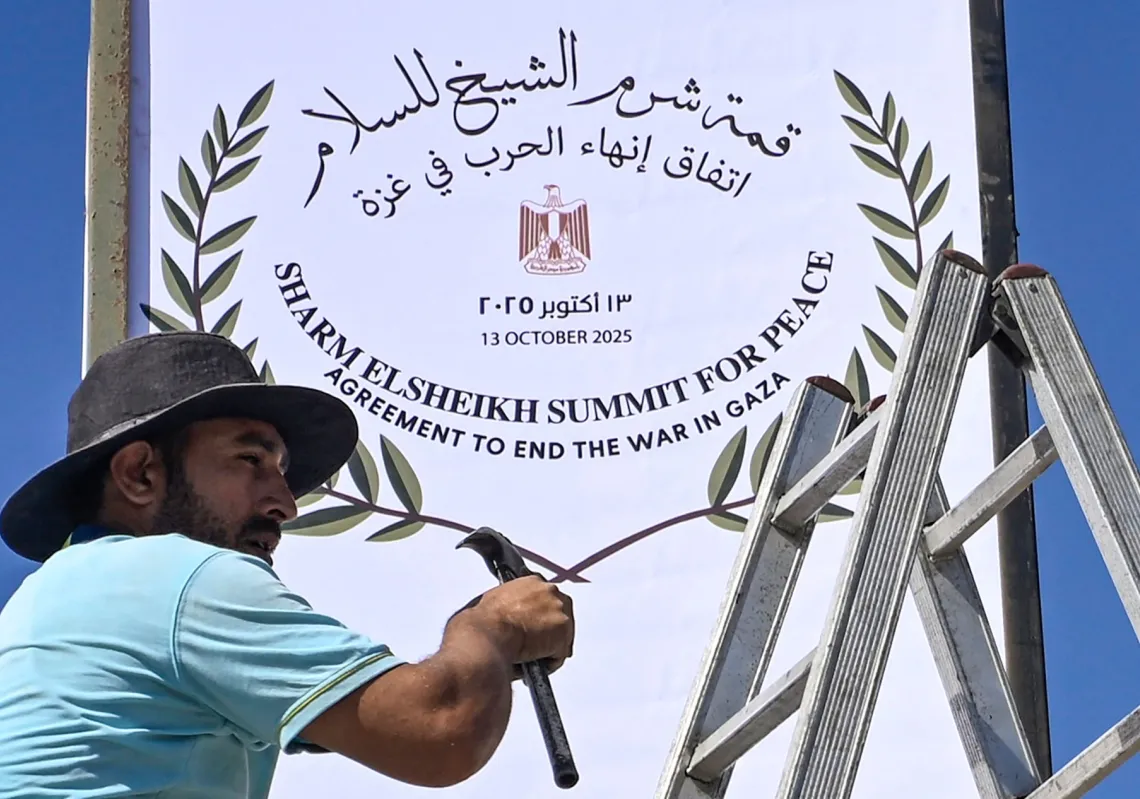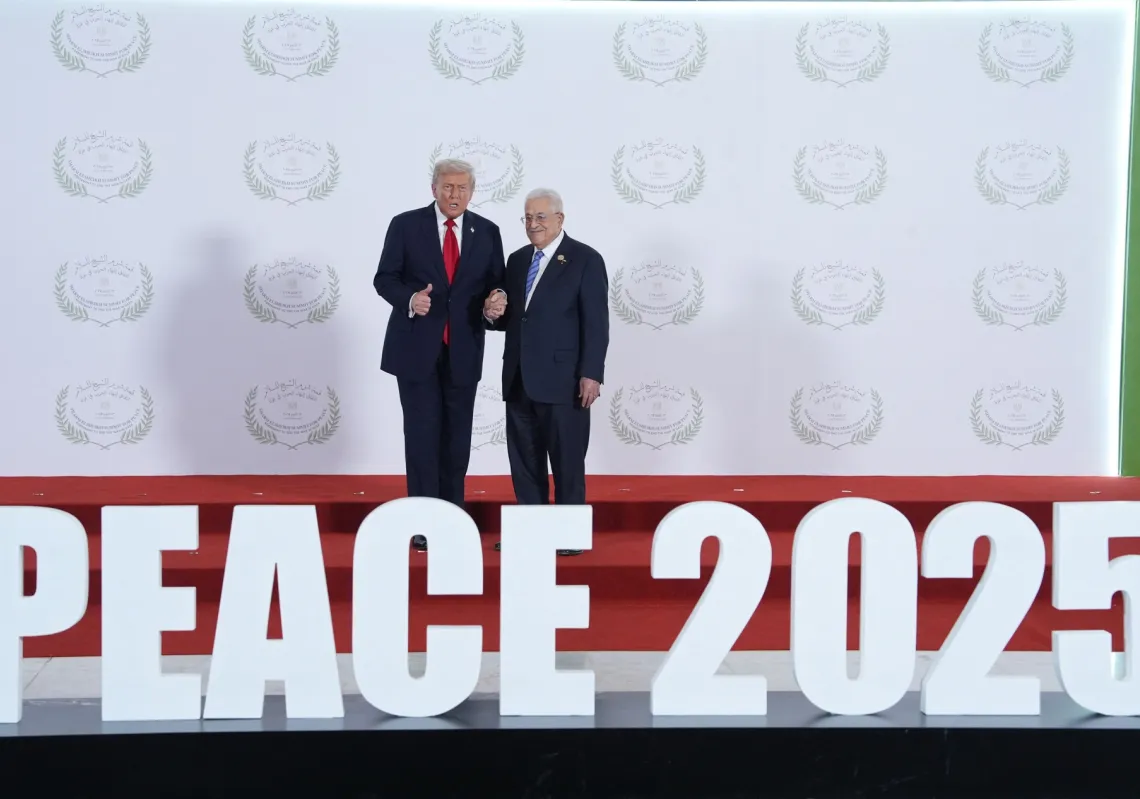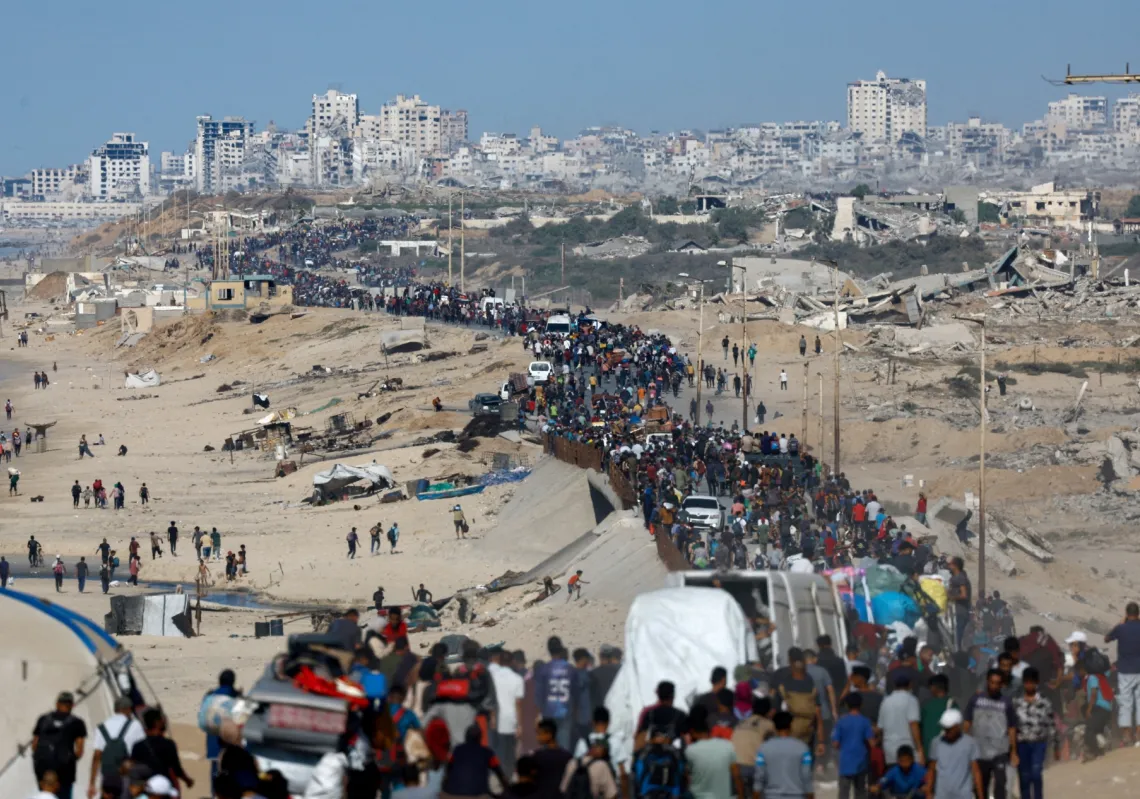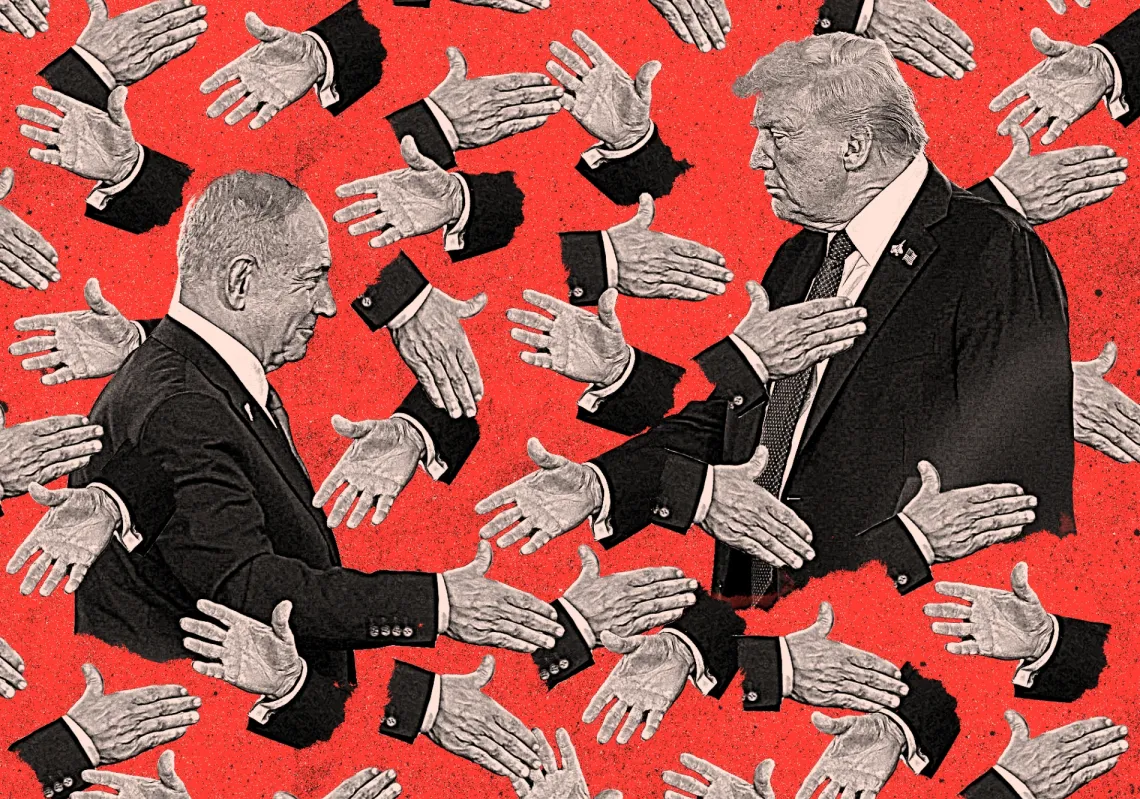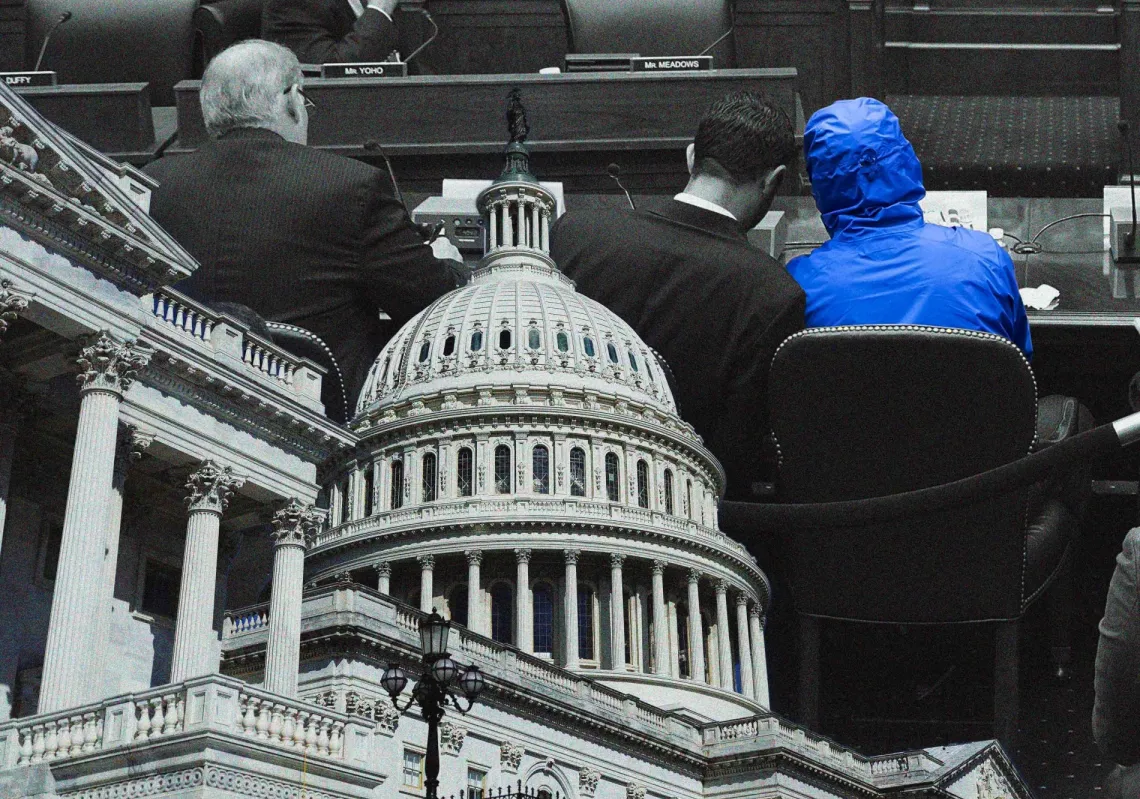US President Donald Trump’s visit to Israel and Egypt earlier this week was elucidating. He shed America’s traditional mantle of world policeman and impartial mediator, fully operating as a businessman and real estate developer, awaiting the closing of a deal.
This approach was on full display on 13 October 2025, during a pair of whirlwind visits: first to Tel Aviv, for a four-hour stop that culminated in a historic address to the Knesset and then immediately to Sharm El-Sheikh to sponsor a Middle East peace summit, attended by key Arab and Muslim heads of state, along with some prominent European leaders as well.
But it would be a mistake to chalk up Monday’s summit as simply a haphazard made-for-TV event. It was very much part of an emerging Trump Doctrine in foreign policy, which encompasses an aversion to the rules-based order, a disregard for social and historical complexities, and the bypassing of traditional diplomatic channels to get quick results.
To his supporters, Trump’s way is bold and pragmatic; to his critics, it is a gross oversimplification that ignores the root problems of conflict.
But what kind of impact will Trump’s transactional diplomacy have on the Middle East? And is it even viable in a region where the seeds of future conflict are embedded in every layer of its history? Tackling this question first requires a proper dissection of Trump’s doctrine and a clear understanding of its drivers.
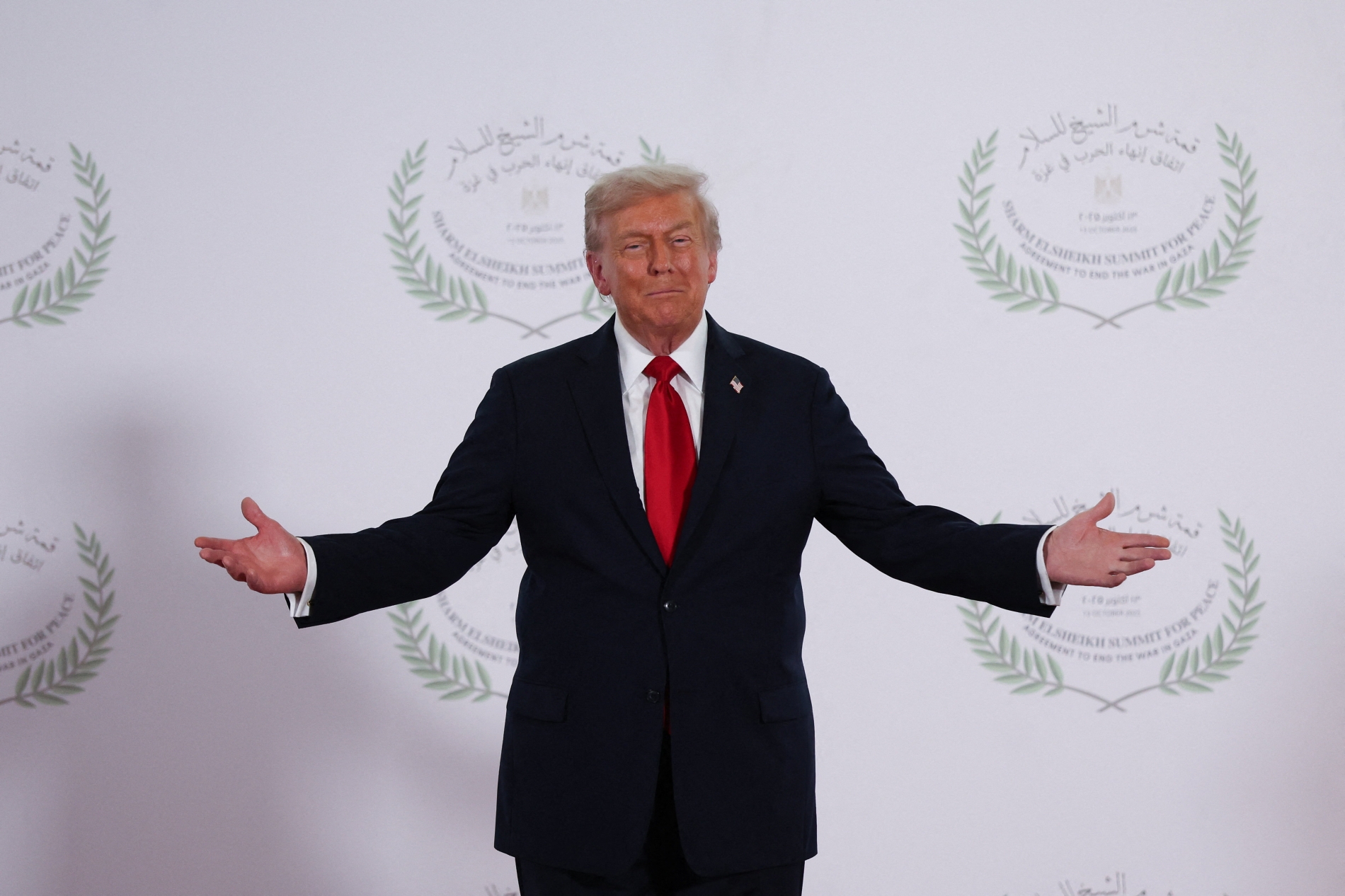
Three pillars
The Trump Doctrine is a direct extension of his persona—one rooted more in the cutthroat world of New York business than in the quiet halls of Washington diplomacy. The doctrine rests on several key pillars, which were vividly on display during his recent visit.
The first pillar is the deliberate bypassing of institutions, which was on display in Sharm El-Sheikh. Trump viewed the world leaders who lined up behind him on stage as the "CEOs" of their respective countries. By dealing directly with them, he skirted any diplomatic bureaucracy that could have potentially slowed him down.
The second pillar is the prioritisation of economic and material incentives over political and ideological ones. In his Knesset speech, Trump emphasised that he wanted to turn Gaza into a prosperous economic hub, stating: "People will be able to live in comfort and peace... We will make sure to get something really amazing done." This rhetoric reflects the mindset of a real estate developer who believes that economic prosperity and grand projects can resolve intractable political problems.
He presented a straightforward proposition: development and investment for peace and stability, and jobs for Palestinians in Gaza in exchange for Hamas’s disarmament. This logic—while appealing on the surface—largely ignores the root problem of the conflict: Israeli occupation and subjugation of the Palestinian people and the inalienable right to Palestinian self-determination and statehood. It also presumes that humans are purely money-driven beings whose national aspirations can be blanketed by economic prosperity.
A third pillar is the use of speed and momentum to exert pressure and establish fast facts on the ground. Compressing the two visits—to Israel and Egypt—into a single day is a strategy designed to create a sense of urgency, placing stakeholders under immense psychological and political pressure to accept the proposals on the table. It is a classic business negotiation tactic that creates an artificial sense of urgency to pressure adversaries into making quick decisions. While this approach can yield short-term tactical breakthroughs, it risks producing fragile agreements that lack the popular legitimacy needed for long-term sustainability.
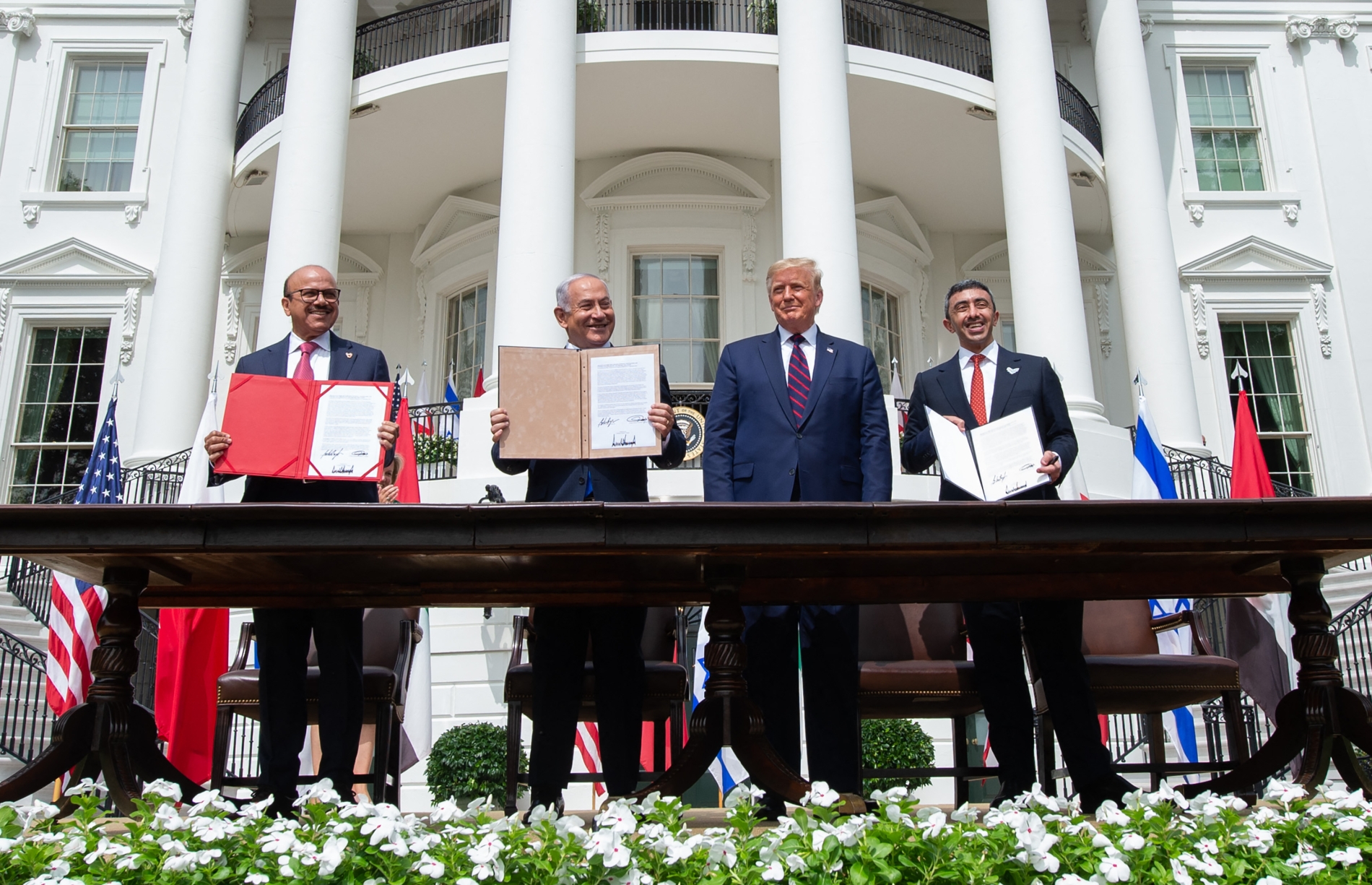
A problematic doctrine
The crown jewel of Trump’s project for the Middle East is the Abraham Accords—a model that promises peace through economic, technological and security interdependency between Israel and Arab states. The problem with this model, however, is that it seeks to sidestep the issue of Palestine.
And while Trump succeeded in his first term to bring the UAE, Bahrain, Morocco and Sudan into the Accords, it is not a one-size-fits-all template that can be replicated across the region. He may not appreciate the fact that the Arab and Muslim world deeply cares about the Palestinian cause. Therefore, any policy that fails to take this significant factor into account will be confined to ruling elites and be vulnerable to future political upheaval.
This is why—despite many attempts to get it to join the Accords—Saudi Arabia has yet to sign on. It insists that any potential diplomatic agreement with Israel must be linked to progress on the Palestinian track. This isn’t just a tactical stance or a polite courtesy; it is based on its firm belief that no sustainable regional peace can be built on the ruins of Palestinian rights.

